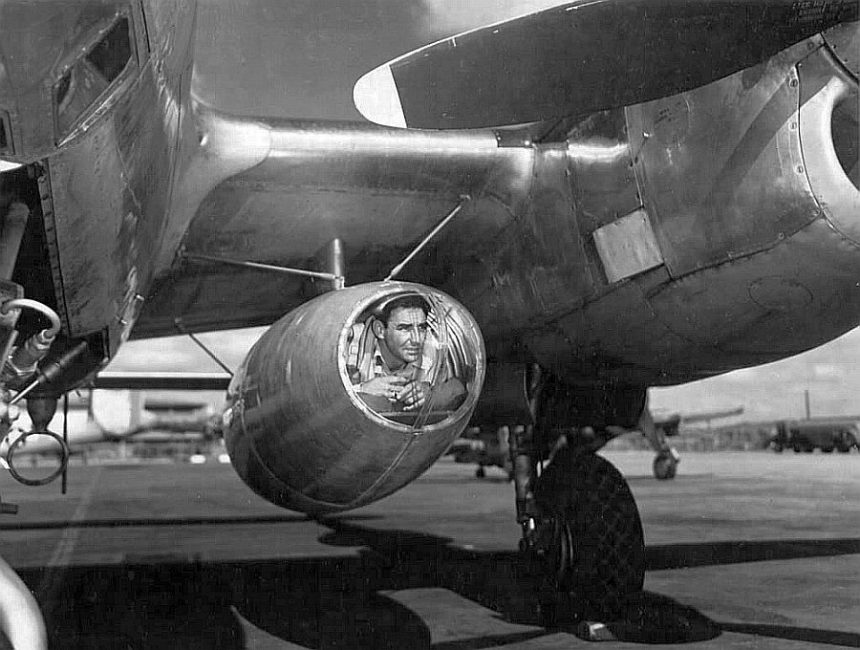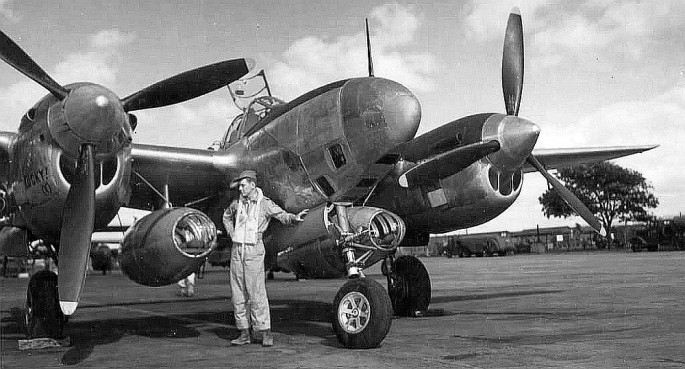Exint pods, man-carrying pods used to insert or exifiltrate special forces or wounded soldiers were not only tested British Harriers and AH-64 Apache and certified for Israeli AH-1 Cobra attack helicopters.
The concept dates back to World War 2 when “body-bags” or wing-mounted enclosures were tested on British Spitfires as well as Stuka dive bombers and ME 109 fighters. Tests were conducted even in the U.S.
Dan Nelson, a reader of this blog sent us some pictures, reportedly taken in 1944, showing casualty evacuation pods attached to an F-5, the reconnaissance variant of the P-38 Lightining.
Image credit: via Dan Nelson


















